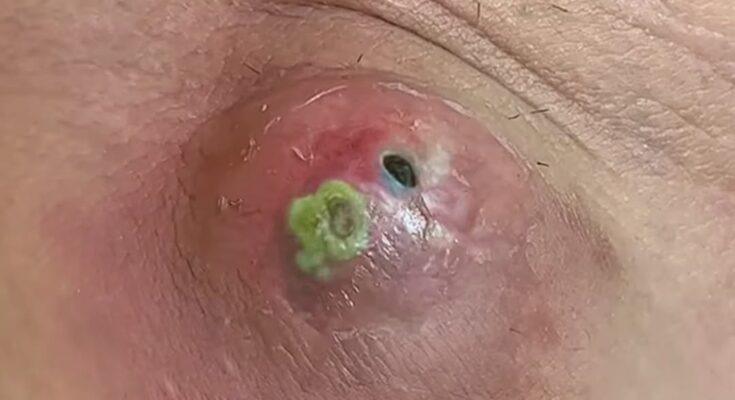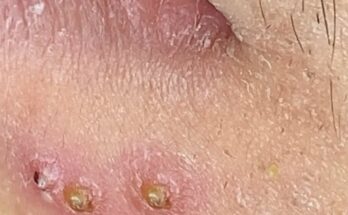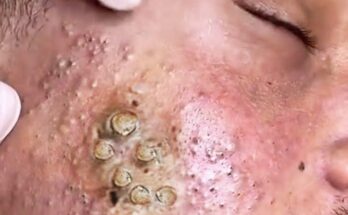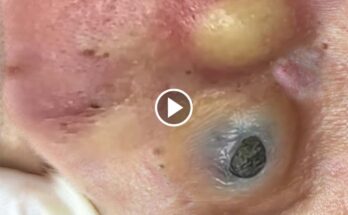In clinical practice, abscesses are common, but some cases offer an extraordinary teaching moment. One such example is the discovery and drainage of a loculated (multi-pocket) abscess, where the infection is compartmentalized into several pockets by fibrous septations. These types of abscesses can be more challenging to treat due to their complexity and resistance to complete drainage.
In this case, the initial incision and drainage revealed only a small amount of pus—nothing dramatic at first glance. However, clinical suspicion remained high due to the patient’s symptoms, fluctuance, and imaging results. Upon deeper exploration, I encountered what felt like a barrier—the basement membrane separating the superficial fluid from deeper pockets. With careful pressure and continued probing, I eventually breached the fibrous membrane—and immediately, a significant amount of purulent material was released.
This moment—often described as “striking oil” in surgical slang—is not just gratifying but also critically important. Complete evacuation of all loculations is essential for proper healing and to prevent recurrence. Missing one pocket could mean prolonged infection or a return visit to the OR.
What made this case particularly memorable was how well it illustrated the importance of persistence, anatomical awareness, and tactile feedback during procedures. Ultrasound guidance or preoperative imaging can help identify these complex collections, but nothing replaces the hands-on moment when you finally access the main reservoir.
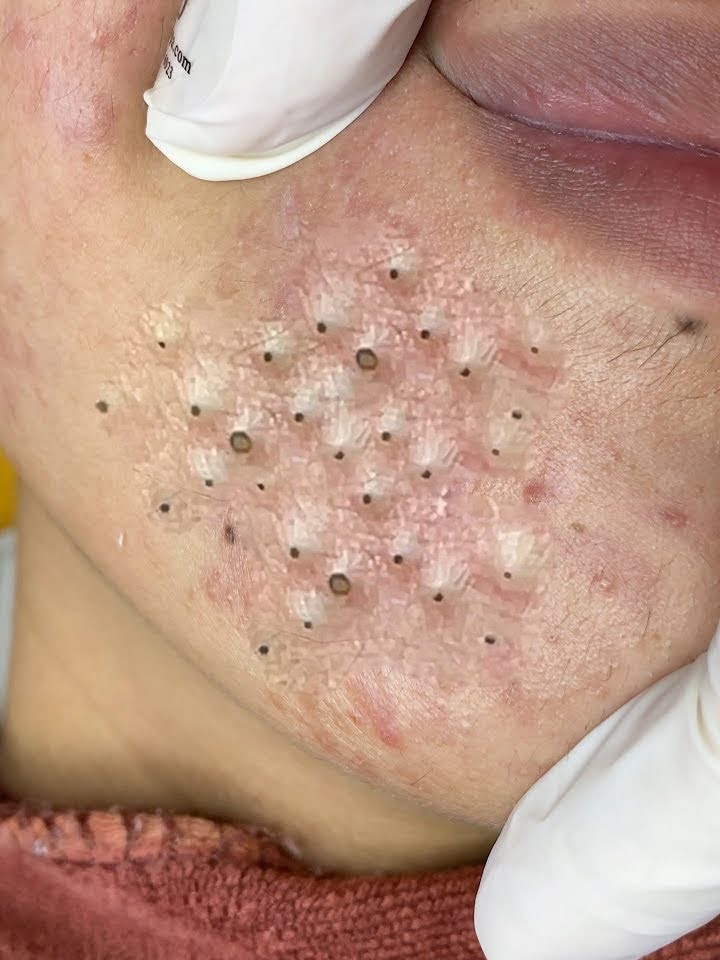
This case serves as a powerful reminder: even when things seem quiet on the surface, deeper pathology may be hiding behind a thin membrane—waiting to be uncovered.
